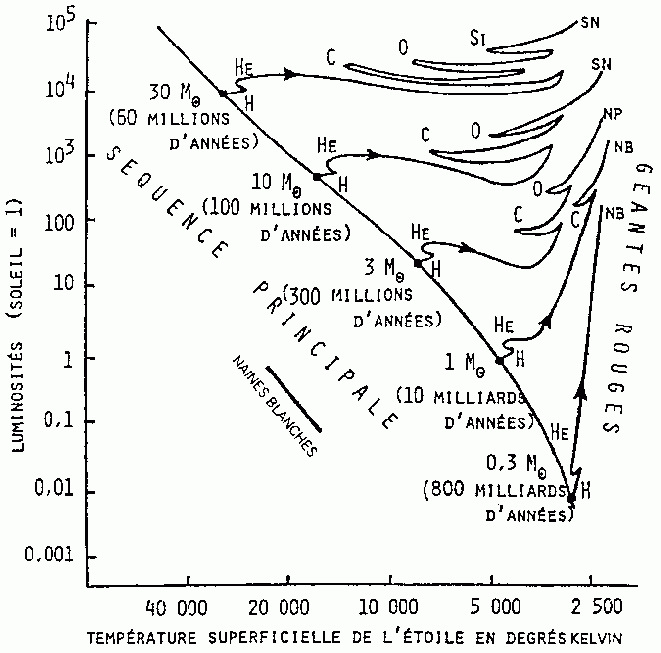-
 Papilio phorbanta
Papilio phorbanta
-
 Visual pollution
Visual pollution
-
 Tetrapods
Tetrapods
-
 Active site
Active site
-
 PEM
PEM
-
 Shallot
Shallot
-
 Carditis
Carditis
-
 Methylergometrine
Methylergometrine
-
 Extracellular matrix
Extracellular matrix
-
 Videotex
Videotex
-
 Gravitational power plants
Gravitational power plants
-
 Pheromone
Pheromone
-
 Athetosis
Athetosis
-
 Avogadro
Avogadro
-
 Diffusion
Diffusion
-
 Minerva
Minerva
-
 FPGA
FPGA
-
 True coordinates
True coordinates
-
 Hox gene
Hox gene
-
 Ether
Ether
-
 Megacycle
Megacycle
-
 Condyloma
Condyloma
-
 Colostrum
Colostrum
-
 Ariane 5
Ariane 5
-
 VAN method
VAN method
-
 Pay per view
Pay per view
-
 Green bean
Green bean
-
 Chemoprevention
Chemoprevention
-
 Photon
Photon
-
 Fossil fuel
Fossil fuel
Main sequence
The main sequence is the area on a Hertzsprung-Russell diagram in which most observable stars are located. The Sun is on the main sequence and will remain there for another 5 billion years before becoming a red giant and ending its life as a white dwarf after travelling along the asymptotic branch of the giants.

(Credit: CSIRO Australia 2004)
When they are on the main sequence, stars obtain their energy from two main types of reaction transforming hydrogen into helium. These are the proton-proton cycle, dominant in stars with small masses, like the Sun, and the Bethe cycle also called the CNO cycle (for carbon–nitrogen–oxygen), in stars of several solar masses. The rate of energy production of the proton-proton cycle depends on the temperature in the centre of the star according to a T4law, whereas that of the CNO cycle is in T20, these two rates only becoming equal around 1.2 solar masses. The amount of energy released is therefore very sensitive to the temperature and the mass of the star, which consumes its reserves faster the more massive it is.
 Depending on their position in the main sequence, the stars do not all have the same mass and do not stay on the main sequence for the same times, as can be seen in the diagram above. Depending on their mass, the stars eventually become supernovae (SN) or white dwarfs (WD).
Depending on their position in the main sequence, the stars do not all have the same mass and do not stay on the main sequence for the same times, as can be seen in the diagram above. Depending on their mass, the stars eventually become supernovae (SN) or white dwarfs (WD).
Latest
Fill out my online form.



